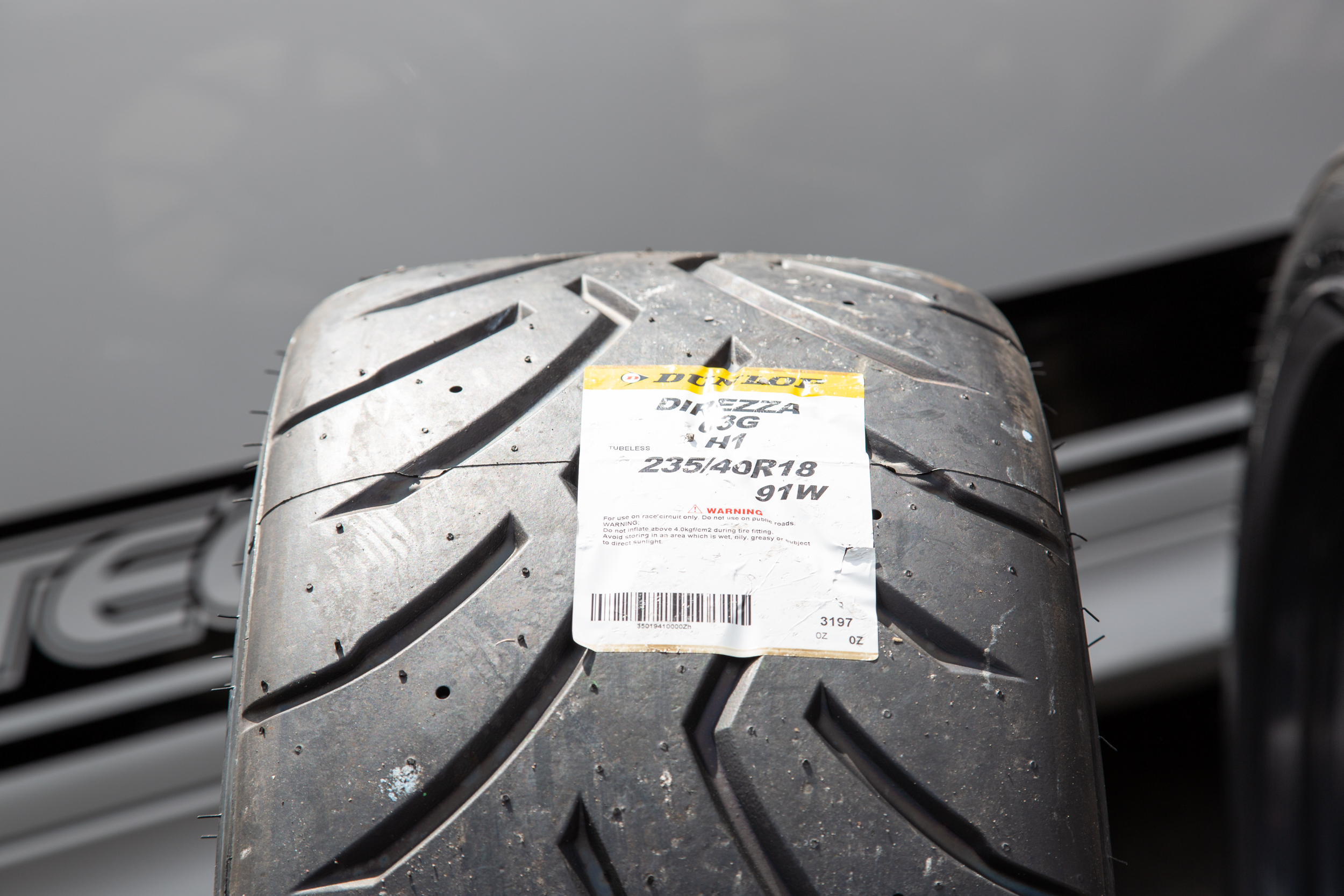All Categories
Featured
Table of Contents
The Michelin supplied a comfortable driving experience, qualified by responsive guiding and a dynamic understeer balance. In spite of the cooler testing conditions, Michelin's regular time and grasp over three laps suggests its viability for real-world applications.
The tire's first lap was a 2nd slower than the 2nd, directing to a temperature-related grasp rise. For everyday usage, the Michelin could be a more secure bet.
Affordable Tyre Upgrades
It shared Michelin's safe understeer equilibrium however lacked the latter's desire to transform. Continental and Goodyear's efficiencies were noteworthy, with Continental's new PremiumContact 7 revealing a significant improvement in wet problems contrasted to its precursor, the PC6. This version was far less sensitive to pack modifications and acted similar to the Michelin, albeit with somewhat less interaction at the restriction.
It integrated the safe understeer balance of the Michelin and Continental with some flashy handling, confirming both predictable and quick. As an all-rounder for this Golf GTI, Goodyear's Uneven variety was the standout, showing remarkable performance in the damp. Finally, the Bridgestone Potenza Sport took the crown as the fastest tyre, albeit by a tiny margin.
Drivers looking for an interesting wet drive may discover this tire worth considering. The standout entertainer in damp braking was the latest tire on examination, the PremiumContact 7, though the results are nuanced.
Leading Tyre Warranty Near Me – Marangaroo WA
Preferably, we desired the cold temperature test to be at around 5-7C, however logistical hold-ups implied we tested with a typical air temperature level of 8C and water at 12C. While this was cooler than conventional examination problems, it was still warmer than real-world conditions. The warm temperature level examination was done at approximately 18C air and 19C water.
The third run included damp braking examinations on worn tires, particularly those machined down to 2mm with a tiny run-in. While we intended to do even more with these used tyres, weather constraints restricted our screening. However, it's worth keeping in mind that wet braking is most vital at the used state, as tires typically enhance in dry conditions as they use.
Bridgestone, Goodyear, and Michelin saw the least efficiency reduction when put on. The Hankook tyre registered the smallest efficiency decline as temperatures cooled, but it was amongst the most impacted when used.
Top Tyre Care Near Me
The take-home message right here is that no solitary tyre mastered all aspects of damp braking, showing a complicated interaction of factors affecting tyre efficiency under different conditions. There was a standout tyre in aquaplaning, the Continental finished top in both straight and curved aquaplaning, with the Michelin and Goodyear additionally very great in deeper water.

Yokohama might take advantage of slightly even more hold, a problem potentially influenced by the colder problems. As for handling, all tires executed within a 2% range on the lap, showing their top notch efficiency (Cost-effective car tyres). Considering these tyres essentially target the very same customer, it's interesting to observe the substantial differences in feel.
The shock is due to the fact that the PremiumContact 6 was among my favourites for flashy completely dry drives, but its successor, the PremiumContact 7, seems elder and resembles Michelin's efficiency. Amongst these, Hankook was the least exact in guiding and communication at the limit. Car tyre fitting. Both Michelin and Continental provided wonderful preliminary guiding, albeit not the fastest
If I were to advise a tire for a fast lap to a beginner, claim my daddy, it would certainly be among these. We have the 'fun' tyres, particularly Yokohama and Bridgestone. Both were swift to steer and felt sportier than the others, yet the trade-off is a much more playful back end, making them extra tough to manage.
Top Tyre Fitting Services Near Me (Marangaroo)
It gave similar guiding to Bridgestone but offered better feedback at the limitation and much better grasp. The Bridgestone Potenza Sporting activity, nonetheless, seemed to deteriorate rather swiftly after just three laps on this requiring circuit. There's Goodyear, which positioned itself somewhere between the fun tyres and those tending towards understeer.
Altogether, these tires are exceptional performers. For roadway usage, I would certainly lean in the direction of either the Michelin or Goodyear, relying on your particular choices. In terms of tyre wear, the approach utilised in this test is what the sector refers to as the 'gold criterion' of wear. The wear experts at Dekra performed this examination, which included a convoy of cars and trucks traversing a carefully intended route for 12,000 kilometres.
Both the Bridgestone and Yokohama tires significantly underperformed in comparison to the other 4 tires in terms of rolling resistance, with Continental slightly outshining the remainder. Pertaining to the comfort level of the tires, as anticipated, the majority of demonstrated an inverted relationship with handling. The Continental, Michelin, and Goodyear tires carried out finest throughout various surface types tested.

Bridgestone started to show signs of firmness, while Yokohama was especially jarring over gaps. We did measure internal sound levels; however, as is commonly the instance, the outcomes were closely matched, and as a result of weather restrictions, we were not able to conduct a subjective evaluation of the tyres noise. Finally, we considered abrasion numbers, which measure the amount of tyre walk shed per kilometre, normalised to a one-tonne car.
Leading Cheap Car Tyres – Marangaroo 6064 WA
This number stands for the quantity of rubber dirt your tyres generate while driving. Michelin led in this classification, creating over 9% less rubber particle matter. On the various other hand, Hankook created 32% even more. This is a facet I think the market should concentrate on even more in the future, and it's something Michelin is promoting.
Table of Contents
Latest Posts
Leading Vehicle Alignment
Reliable Tyre Fitting
Long-lasting Tyres Near Me
More
Latest Posts
Leading Vehicle Alignment
Reliable Tyre Fitting
Long-lasting Tyres Near Me